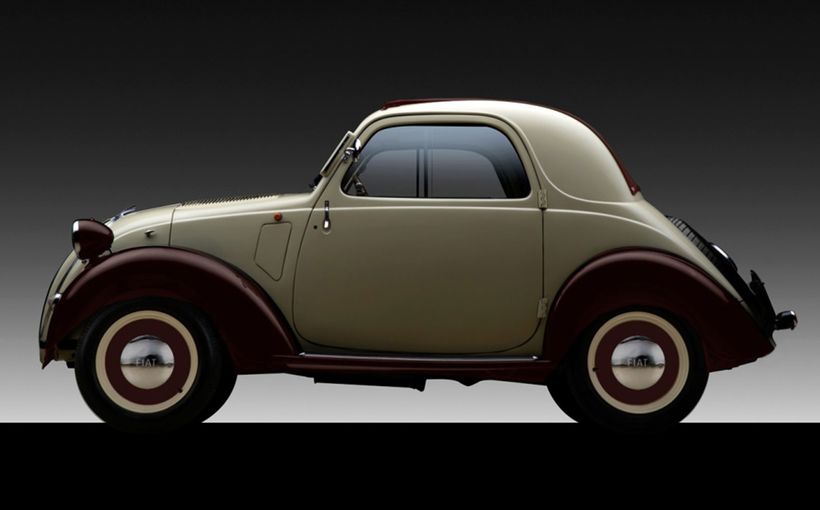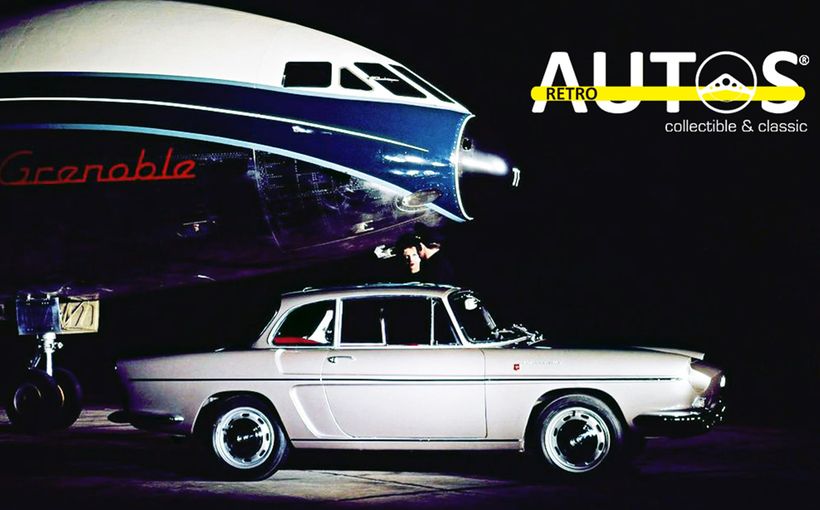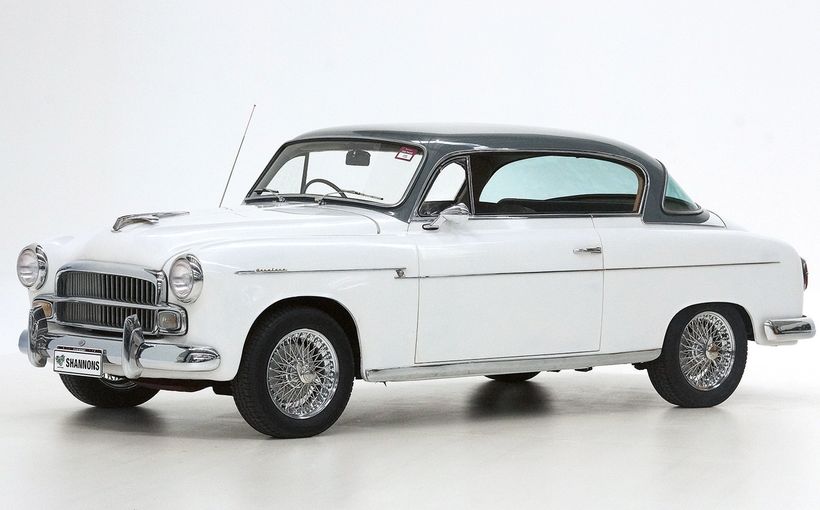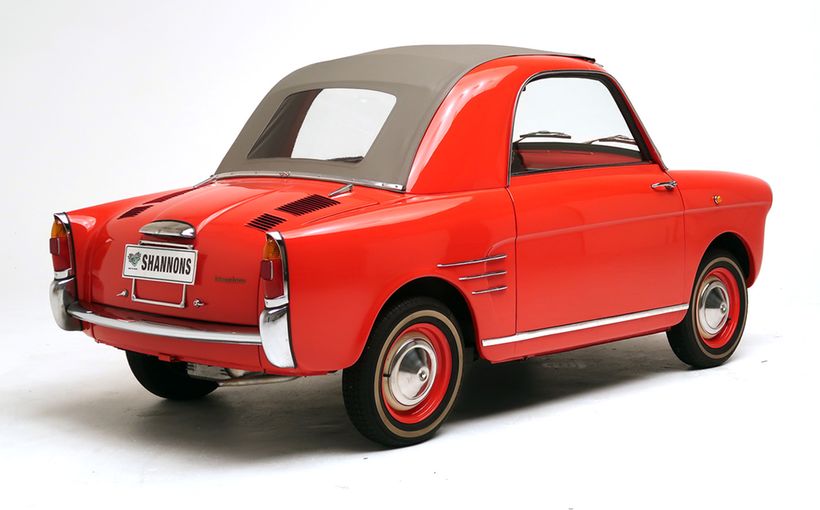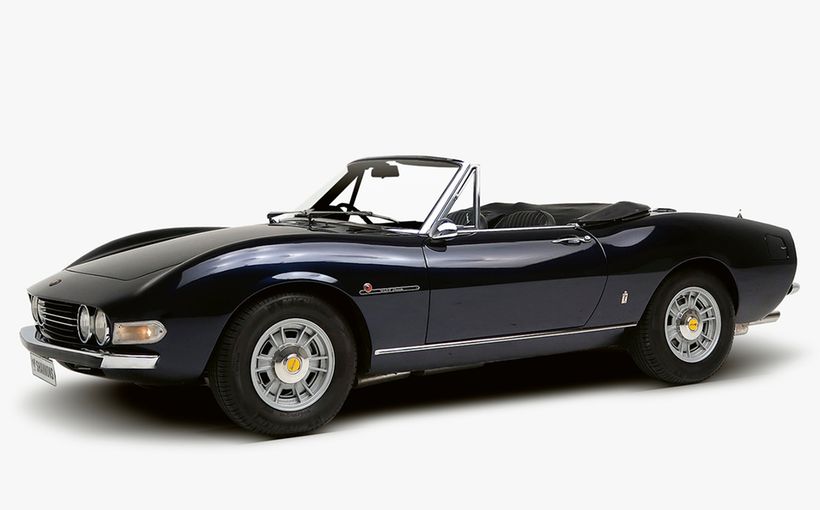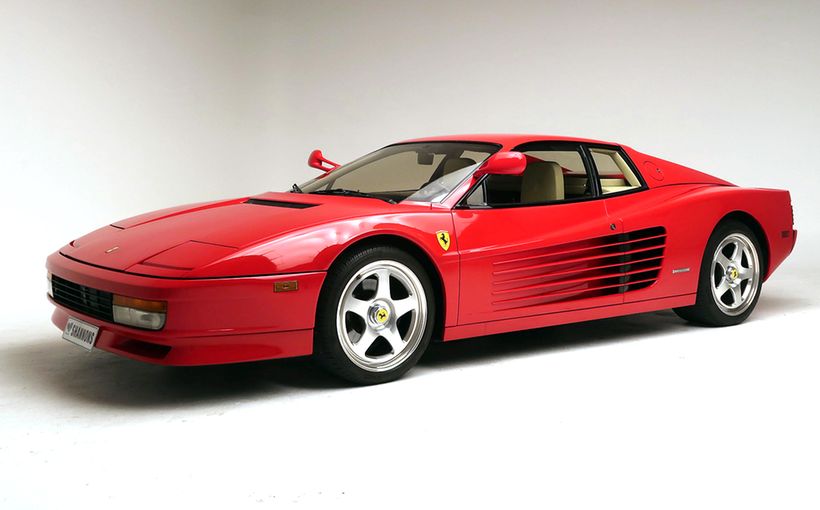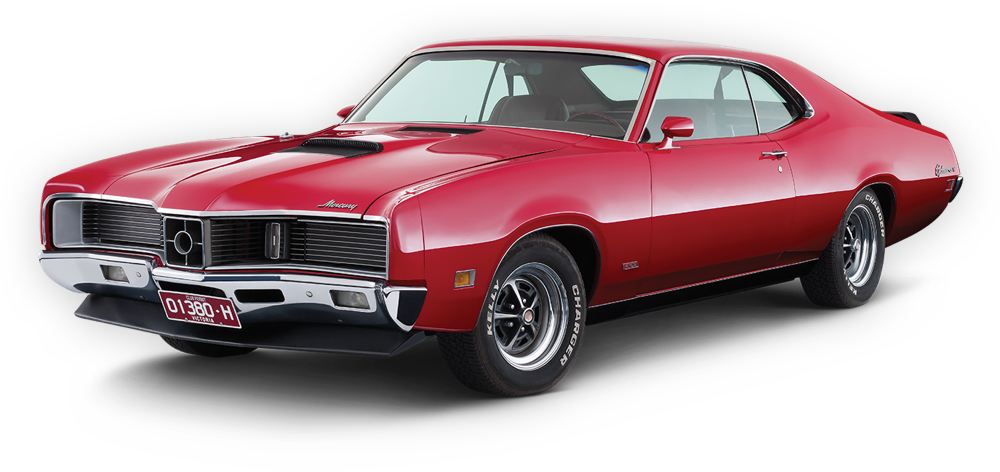2014 Fiat Autobella: The Good, the Bad and the not so Ugly
By
JoeKenwright -
24 April 2014

Lancia was once fiercely independent and known for its solid and over-engineered range that owed nothing to any other Italian model. This 1959-63 Lancia Appia has a tiny 1089cc V4 that punches well above its weight.
There was one good reason to visit the amazing all-Italian marques day on April 6, 2014 on the Yarra near Melbourne. It was an opportunity to get re-acquainted with a wide range of humble and not so humble Italian models exactly as they looked when new. The 2014 Fiat Autobella, hosted by the Fiat Car Club of Victoria, is a feast of all Italian marques, not unlike the all Japanese display hosted by the Toyota club at the same venue.
Italian cars typically died a slow death in Australia. Their owners unwilling or unable to replace a much loved model kept driving them as their paint went chalky, their headlights tarnished or filled up with water, their bodies rusted and their exotic trim materials, parched by our sun, exploded in wads of padding. Few Italian cars that lived on the street were pretty sights and it really did sell their original presentation short.
The almost total disappearance of early Italian cars can create the impression they were never here yet there was always a strong Italian car presence on Australian roads. The 2014 Fiat Autobella, despite the absence of the wide range of Ferraris that sold here, provided a comprehensive glimpse of the depth of Italian models bought by Australians.

The Fiat 128 sedan was one of the best early front drive models sold in Australia. It led to two popular coupes, a booted version and this later 128 3P with a hatch.
Not only were most Italian marques represented here when new, they were also a popular import for Australians who worked or travelled in Europe. Under various import schemes that allowed Australians to bring back a favourite model with reduced duty or even duty-free depending on how long they stayed overseas, a small tide of upper level Italian models arrived locally. Many were purchased during the 1970s when they were virtually unwanted by a UK economy so depressed that an Aussie dollar almost equaled one pound.
Even if rust and mechanical neglect could be a problem, Australian prices for the top level examples would soon pay for an extended stay in Europe. As today’s prices have gone through the roof, even the worst examples of these early cars warrant the cost of their big dollar restorations.
What was even more startling at the 2014 Fiat Autobella is the big revival in bread and butter Italian cars. Nothing helps values and prompts memories better than an aggressive revival of the badges in the new car market. Fiat, Alfa Romeo, Ferrari and Maserati have all become top of mind again for many Australian new car buyers and that brings back memories of where it all started.

Even if the Lamborghini Countach could be found in Australia from the 1970s, this mid-life 1980s model which combined the old and the new is still spectacular.
The linking of the old and new heritages was a standout attraction of the 2014 event with many owners filling in the gaps with private imports from the lost years in between. Overall, it was another stunning national all-marques display that succeeded in drawing out those really exceptional cars on the day that the clubs often don’t know about and thus rarely seen.

This late 1950s Ferrari 250 GT Pininfarina coupe set the agenda for all mass-produced 1960s sports cars. Renault launched action against MG because it felt the MGB was too close to the Floride but this car leaves no doubt as to who was there first.

The number of beautifully-restored Fiat 850 Coupes highlights the revival that these cars are undergoing. As a small and relatively balanced rear-engined coupe, they are a hoot to drive and still look fabulous.

The cockpit of a rare RHD Dino-Fiat 2400 convertible. An essay in tasteful restraint that oozes class if not ergonomics.

This is the first of the ever popular factory Fiat 124 Coupes that provided semi-exotic twin-cam motoring for a lot less than an Alfa and only slightly more than some Japanese coupes.

This unusual and ambitiously-named Grand Prix version of the Fiat 850 Coupe was from the Lombardi aviation company which might explain its fuselage look with a cabin on top. It was actively marketed in Australia around 1970.

The ever beautiful Fiat-Dino 2400 convertible, this one with its Fiat-Dino badges still attached to the sides. It is bigger in the metal than expected but not surprising given that it is based on the large white Fiat 2300/2300S coupe in the background.

The first Fiat X1/9 was exquisitely detailed during an era when all wedges were starting to look the same. The proven transverse 128 drivetrain made it more straightforward than most to keep on the road although really tall Aussies won’t fit.

One of the earliest coupes based on the Fiat 124 is the Eveline by Vignale. If the front looks similar to an early Jensen Interceptor by Touring, it could be because Vignale also built the first Interceptor bodies.

One of the most enduring mass-produced open sports car designs ever, the Fiat 124 Spider was corrupted by US big-bumper legislation but in its intended small bumper form it is still exquisite.

The Fiat 1100 always had a steady local following which continued into the 1960s with the Riviera 1100D facelift. The model had a second life in India.

Only the Italians could make an open engine cover a cool feature on a racing model. Later Abarth versions of the Fiat 500 reached an almost heady 700cc!

Australians had the choice of three great sub-0.9-litre tiddlers, the Mini, the Hillman Imp and this rear-engined Fiat 850. There are those who argue fiercely that the Fiat was the best and they have a point.

One of the last Lancia Delta Integrale HF EVO examples, a car that Australia was poorer for not experiencing when new. Several Integrales were on display.

Alfa’s boxy sedans were always steady sellers and the later 1750 and 2000 Berlina examples exuded class that defied their advancing years.

Not one but two Alfa Romeo SZ examples, based on the Alfa 75 and built by Zagato. Alfa’s last rear drive model until recently was later nicknamed Il Mostro, the Monster. Can’t imagine why.

Bertone’s drop dead gorgeous Iso Rivolta, a 327 Corvette-powered hot rod that rivalled Italian exotics in looks if not pedigree and maintenance costs.

Fiat’s compact twin-cam seemed everywhere on the day but none more unusual than in this side-opening transverse mid-engine Lancia setting.

The Lancia Beta Montecarlo was Pininfarina’s proposal for a 124 Coupe replacement but Fiat opted for the smaller 128-based Bertone X1/9 instead. It was handed to Lancia where it took two attempts to get the handling right but the final version was a desirable car.

The final local version of the Alfa Romeo GTV6 coupe, the mid-1986 Grand Prix unleaded version with factory body kit by Rayton Fissore.

An Australian-delivered Abarth 600 with a long history of terrorising bigger cars on Australian circuits until the Mini-Cooper came along. A spectacular old war-horse or pony.

Rare Lancia Appia GT with twin-bubble roof that identifies it as a Zagato.

The Bertone Fiat-Dino 2400 coupe is often dismissed as a variation of the Fiat 124 Coupe but is much bigger and has a more imposing presence than the last of series Fiat 124 CC Coupe next to it.

This early Maserati Quattroporte V8 by Frua highlights how successfully Maserati has revived the original character in the latest models.
Protect your Fiat. Call Shannons Insurance on 13 46 46 to get a quote today.





























